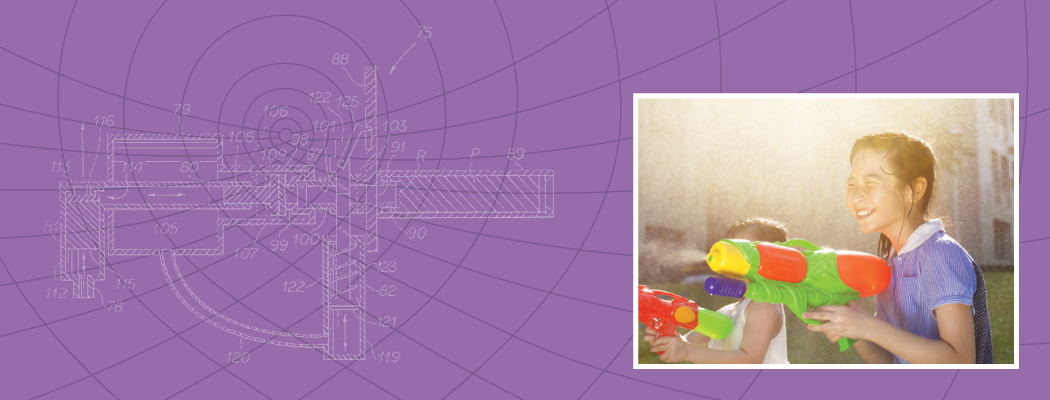
Creativity cannot be reduced simply to the neural circuitry of an adult brain and even less to the genes behind our brain.
Neuroscientist Antonio Damassio
Creativity is generally defined as the motivation and skill to generate the behaviors, novel ideas, products, and systems necessary to solve problems. Creativity has its origins in early and familiar evolutionary forms as tools and behaviors. Some not so ordinary forms of creativity have been discovered as well. In the last decade, anthropologists discovered musical flutes produced from animal bone. It turns out, the bone flutes were made about 50,000 years BCE. The pitched flutes demonstrate creativity on both the material and musical levels.
Creativity is the backbone of human ingenuity. Our world is full of creative designs that are responses to simple problems, urges, and needs. Clearly, our urge to produce music and instruments is very ancient. Beyond musical instruments, items like bags, buttons, clocks, coins, hair dryers, leashes, motors, shoes, solar panels, syringes, toothbrushes, umbrellas, Velcro, wheels, windshield wipers, and zippers were all birthed by the creative minds of individuals who saw themselves as creators and makers.
Everyone possesses the evolutionary birthright of a creative identity. Identity is the sum of the attitudes and skills that we believe about ourselves. Our identity is dynamic and aspirational, containing skills and ideals that we would someday like to achieve. Personal creativity is a characteristic that we should all strive to develop.
Do You See Yourself as Creative?
Creativity is the ability of the mind to generate new solutions but it is also the necessary ability to overcome and prevent existing knowledge from obscuring novel ideas. Creativity catalyzes what we know and aims our skills and our imagination on a journey to seek solutions. Creativity is one of the mind’s most precious renewable resources.
Creativity is an attitude of wonder, combined with a practice of curiosity that thrives in a soul of playfulness, and made visual by the act of making. While outcomes of the creative mind are sometimes clear, the characteristics that formed the basis of creativity are anything but. Scientists have identified nearly 300 characteristics associated with creativity and innovation. It is no wonder that research into creativity is bedeviled by this vast array of traits, but what seems to be clear is the fact that with practice, these characteristics can belong to everyone.
Can Creativity be Learned?
Can creativity be learned? The answer is yes, but creativity is more than our brain and its circuitry. Creativity is a product of chance, of our DNA, and of our environment, our culture, and our personality. Our ability to develop novel approaches and ideas is more complicated than our brain or our brain’s wiring. Creativity is easy to sense, hard to describe, and challenging to predict in any single individual.
What we do know about creativity is enlightening. DNA and environment are partners in creativity. While the full extent of the gene(s) responsible for the intelligence, mindset, flexibility, and risk-taking that creativity demands, scientists are increasingly certain that novel insight requires equally novel environments that support non-conventional thinking. For some students, school environments may prove to have the main effect on their creativity while for students with inherited creative traits, such enriching environments may have an exponential effect on their genetic talents. Remove the environment and you have removed the power of creativity from the students’ toolbox of skills.
While creativity originates in individuals, it is our culture that embraces or denies its transformational power. What is valued by our society should be cultivated in our schools. We know from the imaginative world of childhood, that we are born inventive, but if school and life do not require that we use our creative reflex, like a muscle, those skills become dulled and diminished.
The D!Lab Guide to Imagination shows you ways to harness and enlarge your creative mind. This guide makes creativity visible. By making our ideas visual, we stretch ourselves into new places, sometimes uncertain, but always filled with the necessary creativity to reimagine, remake, and return to our inventing identity.
Boden, M.A. The Creative Mind: Myths and Mechanisms. London: Abacus. 1992.
Guilford, J.P. (1950) “Creativity.” American Psychologist 5, 444-454.
Sawyer, K. (2011) “The cognitive neuroscience of creativity.” Creativity Research Journal. 23, 137-154.
Spendlove, D., A. Wells (2013) “Creativity for a new generation. Debates in design and technology education.” 13, 166-176.
Torrence, E.P. (1998) “Reflection on emerging insights on the educational psychology of creativity.” The Educational Psychology of Creativity (283-286).
Downloadable Content
This section of the Guide has downloadable content:
View all downloadable content for the entire guide.